As technology continues to evolve, cyclists are finding new ways to integrate smart devices into their rides. Whether you're a casual rider, a competitive racer, or a weekend adventurer, smart tech has revolutionized the way we track performance, navigate routes, and stay connected while on the bike.
However, the more devices we use, the more cluttered and cumbersome our handlebars can become. Bulky mounts, messy cables, and additional weight can detract from the sleek, aerodynamic design of your bike and even interfere with your riding comfort. That's where the Integrated Handlebar Computer Mount comes into play, offering a streamlined solution that merges cutting-edge technology with minimalist design.
The Trifox Carbon Bike Computer Mount SBH100 is a prime example of this innovative approach. This high-quality mount combines a durable carbon fiber construction with a sleek, aerodynamic design that integrates directly into your handlebars. Instead of relying on traditional mounts that sit awkwardly atop the handlebars or protrude outward, the SBH100 provides a seamless solution by placing your computer at the center of your handlebars, reducing drag and keeping your setup looking clean and professional.
Benefits of the Integrated Handlebar Computer Mount
1. Sleek Design & Reduced Clutter
The primary benefit of an integrated mount is its ability to eliminate clutter. With the Trifox SBH100, your bike’s handlebars will no longer be weighed down by bulky, unsightly attachments. The mount sits flush with your handlebars, offering a clean, minimalist look that complements the overall design of your bike. By eliminating excess parts, you’ll have more space on your handlebars for gloves, lights, and other accessories without the worry of interference.
2. Improved Aerodynamics
Aerodynamics is key for performance cyclists and racers looking to shave off every second. A traditional bike computer mount can cause unwanted drag, slowing you down and affecting your overall speed. The Trifox carbon fiber design ensures that the mount does not disrupt airflow, making it an ideal solution for those who prioritize speed and efficiency. By integrating the mount directly into your handlebars, the setup offers better airflow, reducing wind resistance and helping you achieve your best performance.
3. Stability & Security
Nothing is more frustrating than having your bike computer wobble or shift during a ride, especially on bumpy roads or off-road trails. The Trifox SBH100 mount is designed to hold your computer securely in place, no matter the terrain. Its robust carbon fiber construction ensures that your device stays stable even through rough conditions. This is particularly important for cyclists who rely on their computer for tracking speed, heart rate, navigation, and other critical data points.
4. Better Visibility & Ergonomics
The position of your bike computer can make a big difference in terms of visibility and comfort. With the Trifox SBH100, your device is placed directly at the center of your handlebars, offering better visibility without having to take your eyes off the road. This ergonomic positioning reduces strain on your neck and eyes, allowing you to focus on your ride without unnecessary distractions. Whether you’re navigating tight corners or keeping an eye on your performance metrics, the integrated mount ensures your device is right where you need it.
5. Universal Compatibility
The Trifox SBH100 is designed with versatility in mind. It is compatible with a wide range of bike computers, including popular models from Garmin, Wahoo, and others. Whether you’re using a GPS navigation device or a fitness tracker, this mount can accommodate a variety of cycling computers, providing flexibility as you upgrade or switch devices over time. This universal fit ensures that you don’t need to worry about compatibility issues when investing in the mount.
Why Choose Carbon Fiber?
The choice of material for the SBH100 mount is a key factor in its performance and durability. Carbon fiber is known for its strength, lightness, and resistance to wear and tear, making it an ideal choice for high-performance cycling components. Carbon fiber is also highly durable, meaning the mount can withstand the harsh conditions of long-distance rides, off-road biking, and intense racing. Plus, its lightweight properties ensure that it won’t add unnecessary weight to your bike, helping you maintain optimal performance.
A Smarter Ride Starts with Smart Tech
The integration of smart technology into cycling gear has brought about a host of benefits, from enhanced performance tracking to better navigation. The Trifox SBH100 Integrated Handlebar Computer Mount is designed to complement this tech, offering a seamless, efficient, and aerodynamic solution for mounting your bike computer. Whether you’re training for a race, exploring new trails, or simply tracking your ride for fun, the mount ensures that you stay connected to your device without compromising on style or performance.
By choosing the Trifox SBH100, you're not just investing in a mount – you're upgrading your entire cycling experience. Streamline your setup, reduce clutter, and improve your performance with this sleek, high-tech accessory that brings smart cycling into the future.
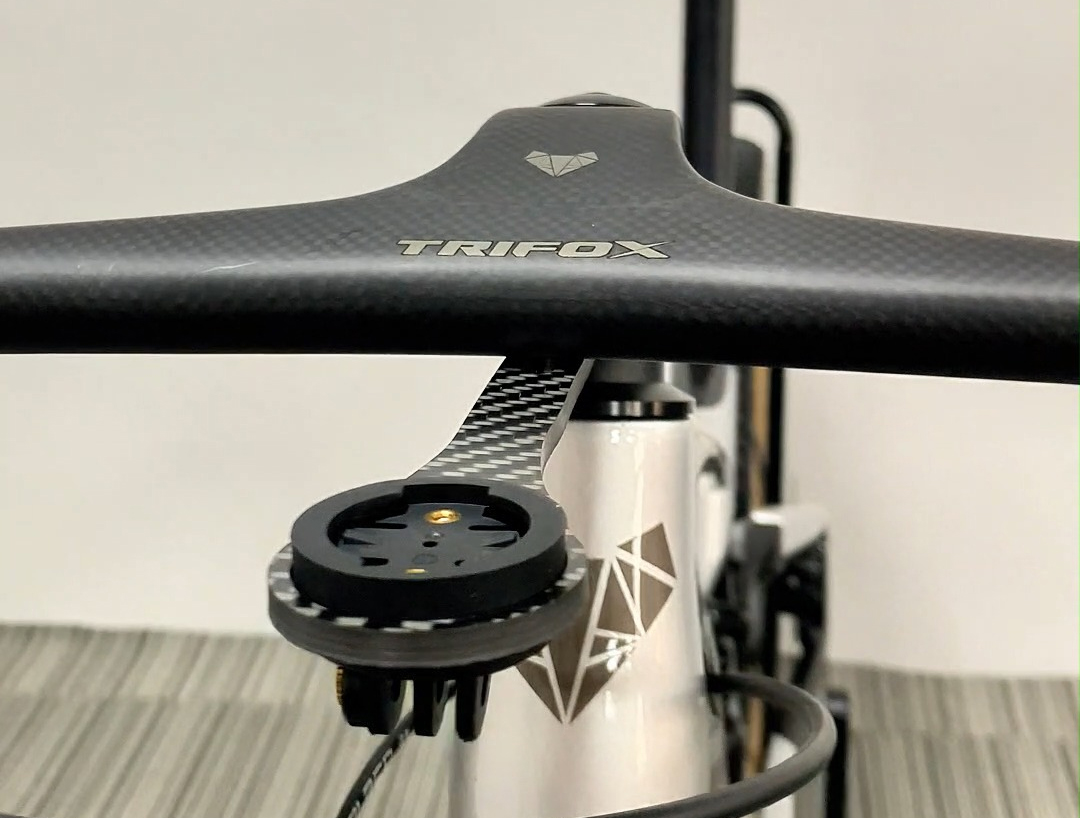
Ready to make your ride smarter? The Trifox Carbon Bike Computer Mount SBH100 is the perfect solution for anyone looking to streamline their bike setup and enhance their performance with the latest in cycling technology. Check it out today and experience the difference it can make on your next ride.
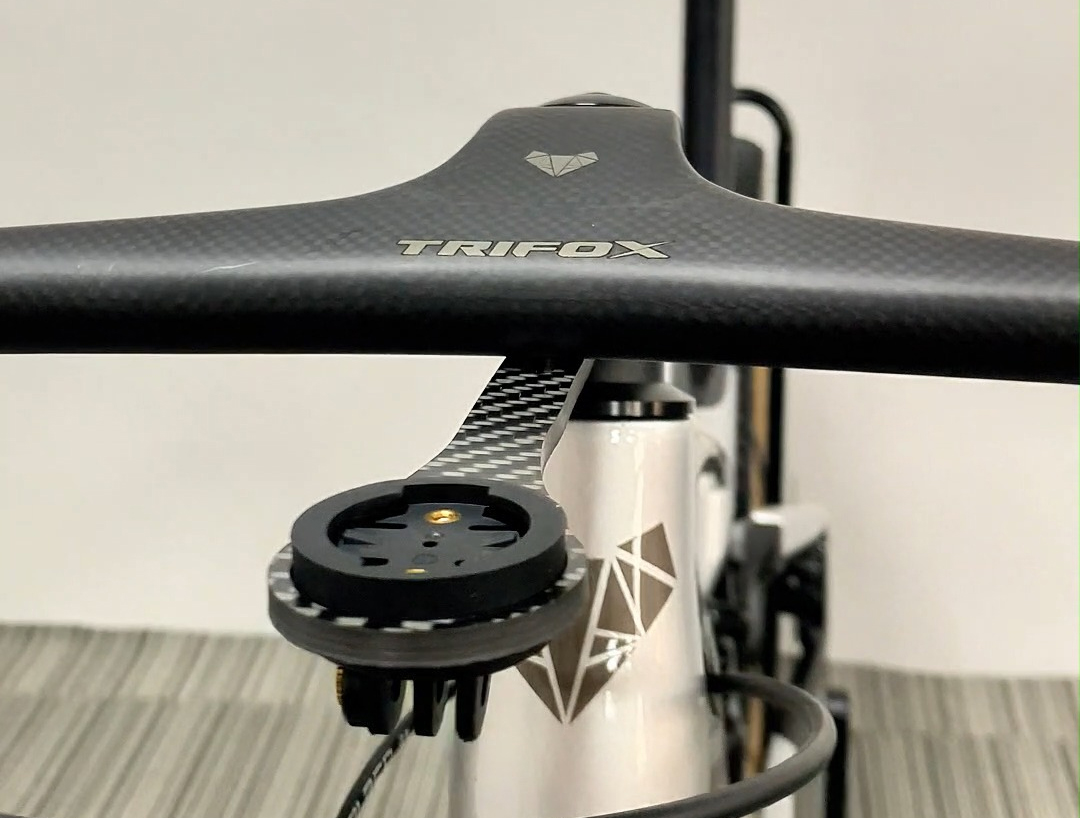

When it comes to cycling, comfort is key. Whether you’re a commuter, a weekend warrior, or a competitive rider, the quality of your ride often depends on the gear you’re using. Among the many upgrades available to cyclists, shock absorption handlebars have gained popularity for their ability to enhance the overall riding experience. These handlebars are designed to reduce the impact of road vibrations and bumps, providing a smoother and more comfortable ride. In this blog post, we’ll explore how shock absorption handlebars, like the integrated carbon drop handlebar with stem DHB500 from Trifox, can improve your cycling experience.
1. Reduced Fatigue from Vibration
One of the most noticeable benefits of shock absorption handlebars is their ability to reduce the amount of vibration transmitted from the road to your hands, arms, and shoulders. Traditional handlebars, especially on rigid frames or road bikes, can transfer a lot of shock from rough roads or gravel surfaces directly to the rider. Over time, this can lead to hand numbness, arm fatigue, and overall discomfort.
Shock absorption handlebars, such as the DHB500, are engineered with materials like carbon fiber that help dampen these vibrations. Carbon fiber’s natural flexibility allows it to absorb much of the harsh impacts, significantly reducing the stress on your body. This results in less fatigue during long rides and a more pleasant experience, even on bumpy terrain.
2. Increased Comfort and Control
In addition to absorbing vibrations, shock-absorbing handlebars can enhance your overall comfort and control on the bike. With reduced hand strain and arm fatigue, you’ll be able to maintain a firmer grip on the handlebars for longer periods. This leads to improved control over your bike, especially in technical riding conditions or while navigating tight turns.
The DHB500 handlebars, with their integrated stem design, offer a sleek, aerodynamic setup that also provides a more natural riding position. The ergonomic design supports a better body posture, allowing you to ride for hours without experiencing the discomfort that typically comes from prolonged pressure on your hands and wrists.
3. Enhanced Durability and Longevity
When it comes to cycling components, durability is essential. Shock absorption handlebars are typically constructed from high-quality materials like carbon fiber, which not only provides shock absorption but also contributes to the overall strength and longevity of the handlebars. The DHB500 handlebars, for example, feature an integrated stem that reduces the number of joints and potential weak points in the system. This results in a more robust setup that is less prone to wear and tear.
Additionally, the reduction in road vibrations can help preserve the longevity of other components on your bike, including your wheels and fork. Less shock transfer means your bike’s parts will experience less stress, leading to fewer repairs and a longer lifespan for your bike.
4. Sleek, Modern Aesthetic
Apart from their performance benefits, shock absorption handlebars like the DHB500 can also contribute to a bike’s overall aesthetic. With their sleek, integrated design, they not only offer superior functionality but also add to the modern, streamlined look of your bike. This is especially appealing for riders who appreciate both form and function.
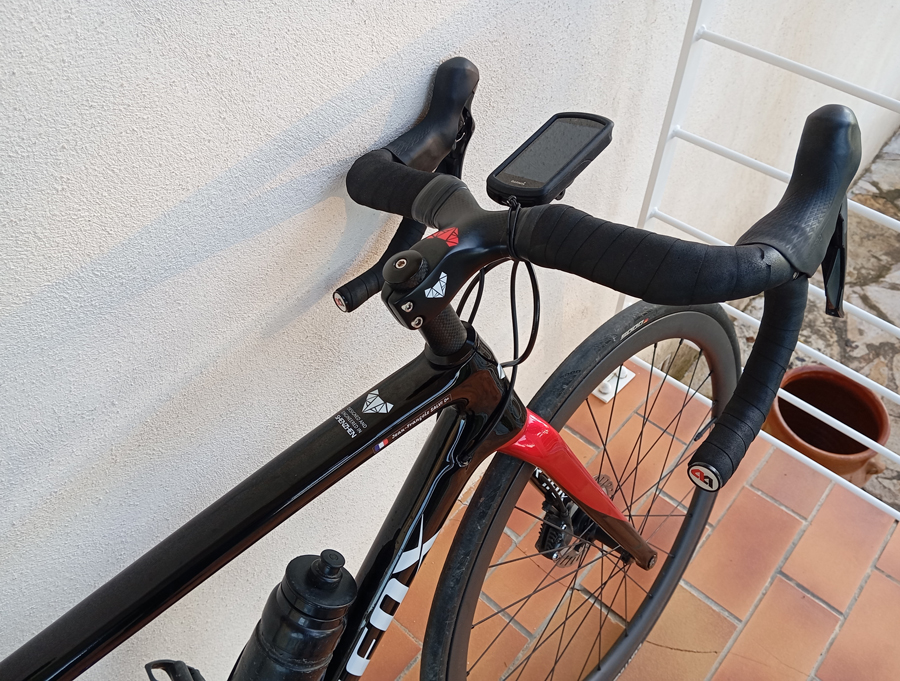
Shock absorption handlebars like the Trifox DHB500 are a game-changer for cyclists who want to improve their ride quality, comfort, and control. By reducing vibrations, increasing comfort, and enhancing durability, these handlebars allow you to ride longer and with greater ease. Whether you're tackling rough roads or just looking for a more enjoyable commute, shock absorption handlebars can make a noticeable difference in your cycling experience.
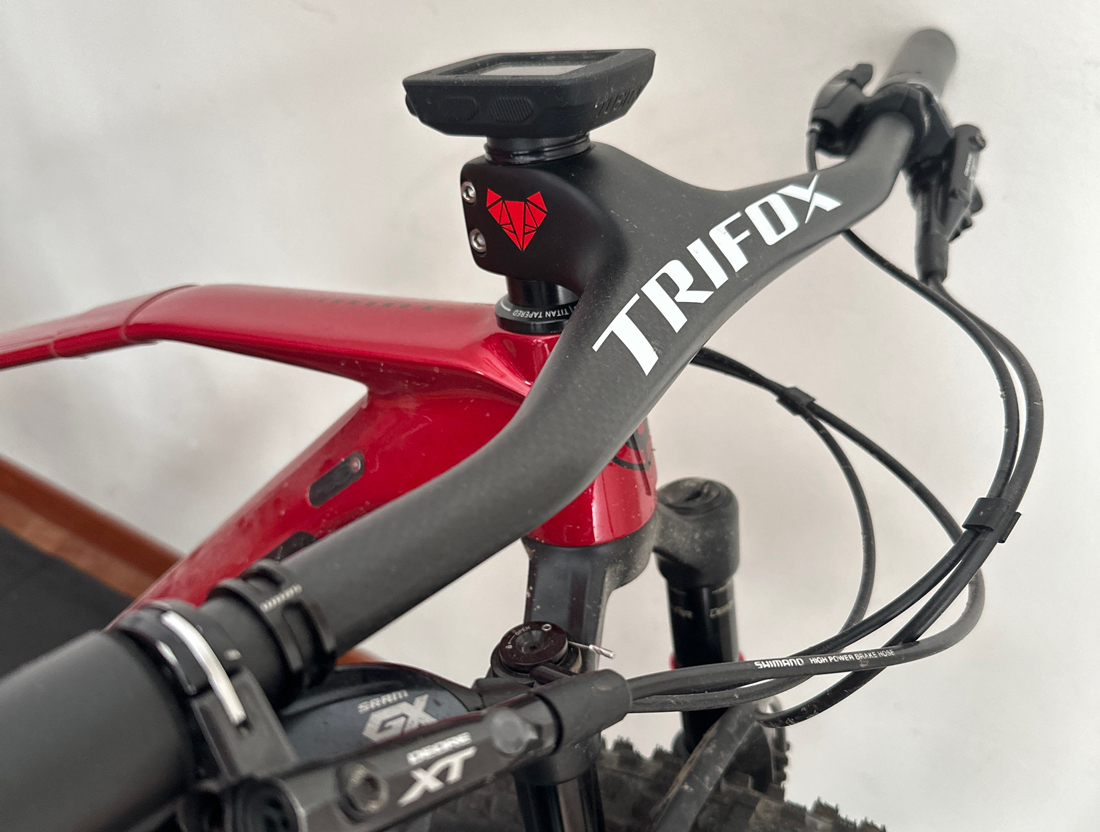
Mountain biking is all about performance, and every aspect of your bike can make a difference—whether it’s your tire choice, frame design, or the handlebars that you use. Aerodynamic handlebars, such as those found in cutting-edge MTB designs, are an often overlooked but powerful component in optimizing your ride. But how exactly can these handlebars improve your MTB performance? Let’s explore the benefits.
1. Reduced Air Resistance for Faster Rides
Aerodynamic handlebars are designed to minimize drag, the resistance caused by air friction. On the trail, especially at higher speeds, every little bit of drag counts. By reducing wind resistance, aerodynamic handlebars allow riders to conserve energy and maintain higher speeds with less effort. This is particularly beneficial on flat sections of the trail or during fast descents, where maintaining speed is crucial. A sleek, integrated design reduces the surface area exposed to wind, helping you cut through the air more efficiently.
For example, the **Trifox Carbon Integrated Handlebar RHB200**, made of high-quality carbon fiber, not only reduces drag but also integrates the stem and handlebar into a single unit. This creates a seamless design that eliminates the gaps and bulges typically found in traditional setups, further improving aerodynamics.
2. Improved Handling and Stability
Aerodynamic handlebars aren’t just about reducing air resistance—they also contribute to better handling and stability, which is vital for off-road riding. Many modern aerodynamic handlebars have a more ergonomic shape, offering a better grip and more control over the bike, especially when navigating rough terrain. The streamlined design also reduces weight, making the bike feel more responsive and agile.
The Trifox RHB200 features a compact, lightweight design that enhances control while riding through technical sections. Less weight means less inertia, allowing you to respond quicker to changes in terrain or obstacles, improving overall stability and comfort on the trail.
3. Enhanced Comfort on Long Rides
Long-distance riders know how much comfort matters. Aerodynamic handlebars like the **Trifox Carbon Integrated Handlebar RHB200** are designed to reduce the strain on your arms and shoulders, which can be especially important during longer rides. The ergonomic shape of the handlebars allows for a more natural hand position, helping to reduce fatigue over time. The lighter weight of carbon fiber also means less effort to keep the bike steady, which is crucial when spending hours in the saddle.
For mountain bikers who are tackling challenging trails or going for endurance rides, comfort is key to maintaining performance. With aerodynamic handlebars, you can ride longer without feeling the aches and pains that come with subpar handlebars.
4.Increased Durability and Strength
Many high-end aerodynamic handlebars are made from carbon fiber, known for its combination of lightweight properties and high durability. Not only does this material contribute to a better aerodynamic profile, but it also enhances the strength and longevity of the handlebars. For mountain bikers who push their bikes to the limit on rugged trails, durability is a must.
The Trifox RHB200 is a prime example of how advanced materials and engineering can create a handlebar that is both aerodynamic and highly durable. The carbon construction can withstand rough handling and impacts, ensuring that the handlebars maintain their integrity throughout countless rides.
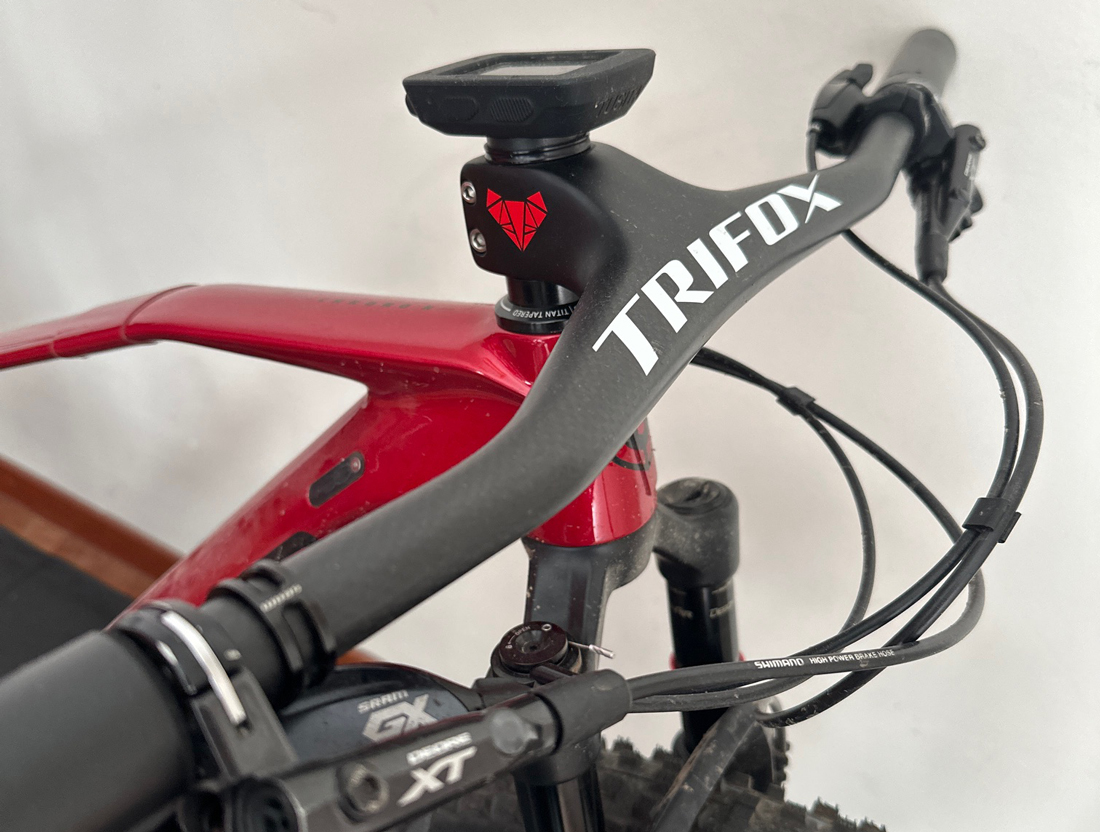
Conclusion
Aerodynamic handlebars, such as the Trifox Carbon Integrated Handlebar RHB200, offer more than just a sleek look. They can significantly improve your MTB performance by reducing air resistance, improving handling and stability, enhancing comfort, and providing long-lasting durability. Whether you're chasing speed on flat stretches or navigating technical terrain, these handlebars offer the edge you need to enhance your riding experience. For serious mountain bikers looking to optimize their setup, switching to aerodynamic handlebars is an investment that can pay off in spades.
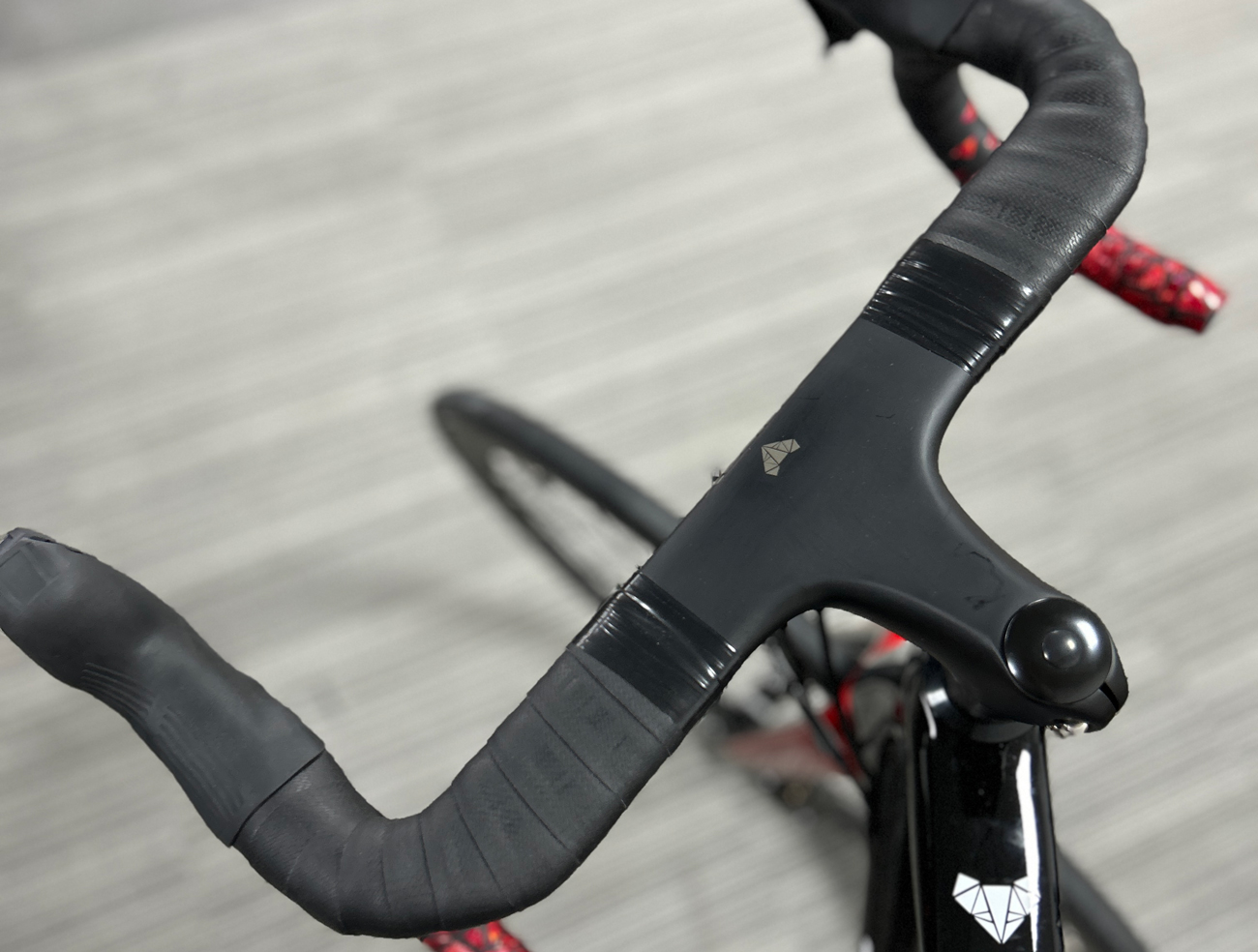
As a road cyclist, it’s natural to wonder how often you need to replace various parts of your bike to ensure optimal performance and safety. One of the key components that often raises questions is the handlebars. They might seem like a simple part of the bike, but they play a crucial role in your control, comfort, and overall riding experience. So, do road bike handlebars need to be replaced regularly? Let’s dive into the factors that influence the lifespan of handlebars and whether regular replacement is necessary.
The Role of Handlebars on a Road Bike
Road bike handlebars, particularly those with drop bars, are essential for providing control and comfort during long rides. They allow you to switch between different riding positions, reduce wind resistance, and make it easier to maneuver the bike. Handlebars are typically made from materials such as aluminum, carbon fiber, or steel, with carbon fiber offering the lightest weight and the most comfort-absorbing properties.
Given their importance, handlebars need to be in good condition to ensure a safe and enjoyable ride. But how often should you replace them?
Factors That Impact Handlebar Lifespan
1. Material Durability:
The material your handlebars are made from will affect their longevity. Aluminum handlebars are known for their strength and can last many years if properly maintained. Carbon fiber handlebars, like those found in the [Trifox carbon bike handlebars collection], offer superior stiffness and lightness but may have a shorter lifespan if subjected to frequent stress or impacts. They can also be more prone to damage from crashes or mishandling. Steel handlebars, while less common in modern road bikes, are typically very durable but also heavier.
2. Wear and Tear:
Over time, handlebars may experience normal wear and tear due to continuous use, especially if you’re an avid cyclist. Constant vibrations, exposure to the elements, and even your own grip can cause the handlebars to wear down. Handlebars can also become slippery or lose their grip if the bar tape or grips get worn out, which is more of a maintenance issue than the handlebars themselves needing to be replaced. This can often be remedied by simply replacing the tape or grips, rather than replacing the entire handlebar.
3. Accidents and Crashes:
One of the most common reasons for replacing handlebars is if you’ve been involved in a crash or accident. Even a seemingly minor impact can cause internal damage to carbon fiber handlebars, leading to hidden cracks or weakened areas that could compromise safety. In these cases, it’s important to inspect your handlebars thoroughly or have them checked by a professional. If there’s any sign of damage, it’s essential to replace them to avoid the risk of failure while riding.
4. Changes in Riding Position:
Over time, cyclists may adjust their riding positions, whether due to comfort, performance, or riding style. If your handlebars are no longer comfortable or suitable for your riding position, replacing them with a more appropriate set might be necessary. A more aerodynamic or ergonomic setup can significantly enhance your riding experience, reducing strain and fatigue during long rides.
How Often Should You Replace Your Handlebars?
In general, handlebars don’t need to be replaced regularly unless they show signs of wear, damage, or performance decline. If you ride regularly, you should check your handlebars for any visible cracks, dents, or stress marks, especially after a fall or crash. For cyclists who don’t crash often and take good care of their equipment, handlebars can last many years without needing replacement.
However, if you upgrade your bike, change your riding style, or want to reduce weight, it might be time to consider replacing the handlebars. Carbon fiber handlebars, in particular, can offer performance benefits like reduced weight and improved vibration damping, but they do require careful inspection for damage and are more expensive than their aluminum counterparts.
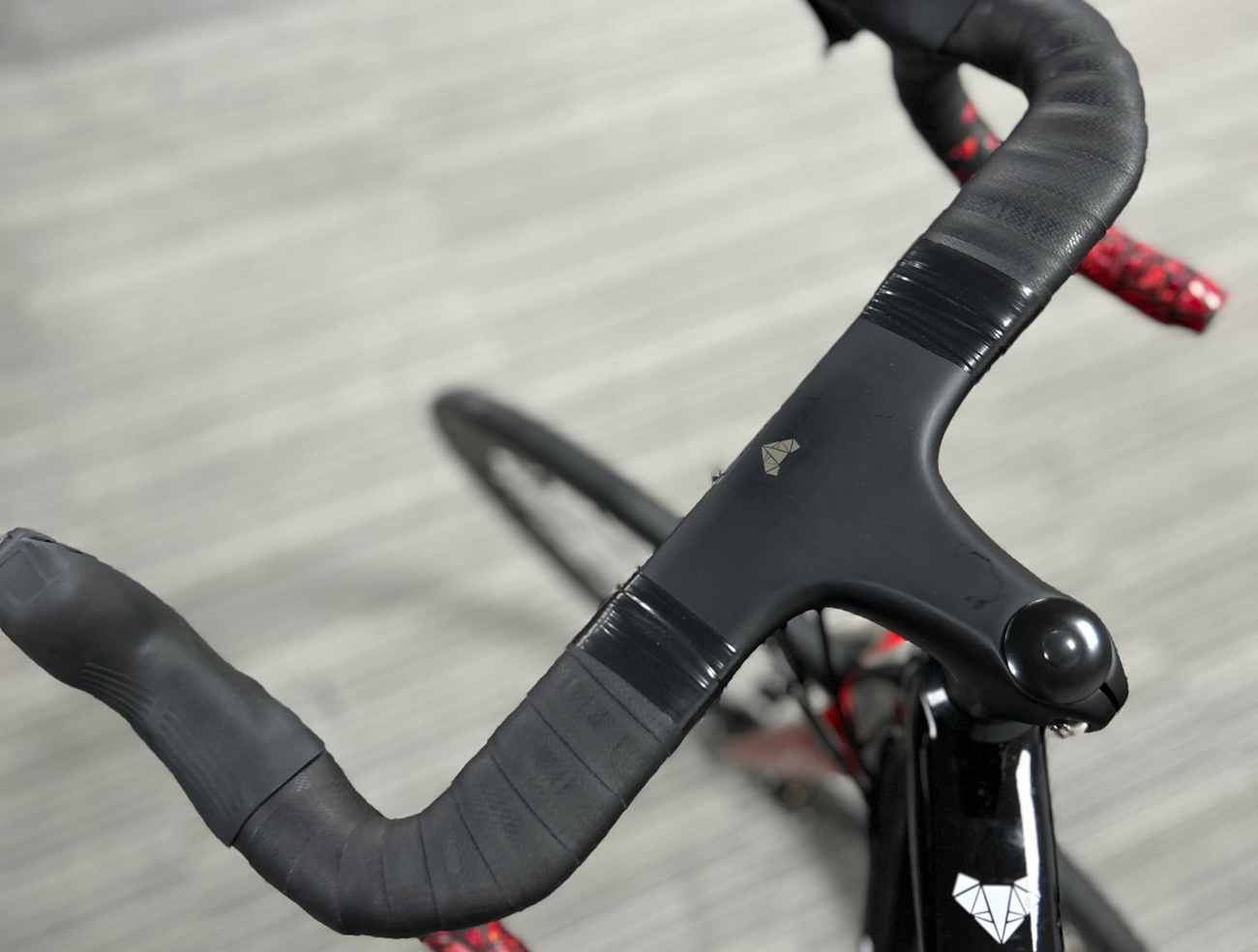
Final Thoughts
While road bike handlebars don't need to be replaced on a regular basis, they do require occasional inspection and replacement depending on factors like material wear, damage from accidents, or changes in your riding preferences. Regular maintenance, such as replacing bar tape and checking for cracks or stress signs, can help prolong the life of your handlebars and keep you riding safely. If it’s time for an upgrade or a replacement, carbon fiber handlebars, such as those from Trifox Bike, can offer both performance and comfort benefits—just make sure to choose the right type for your riding needs.
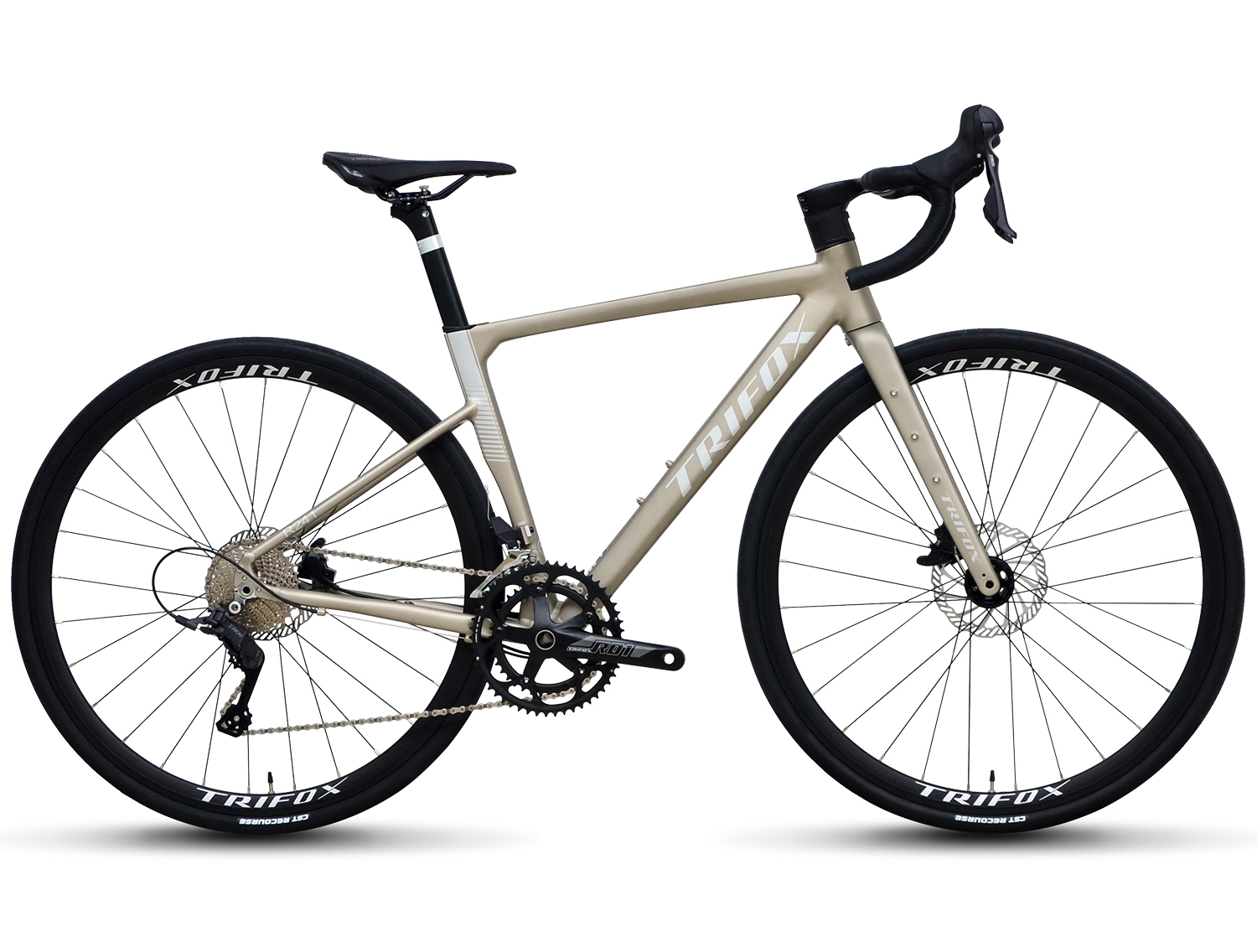
For cycling enthusiasts and competitive riders, the quest for speed is an ongoing challenge. Every part of the bike contributes to the overall performance, from the frame material to the gearing system. Among the most popular choices for speed-focused cyclists is the 11-speed aero road bike. These bikes promise improved aerodynamics, faster shifting, and a more efficient ride, but the question remains: is an 11-speed aero road bike worth the investment for those who are serious about speed?
1. Precision Shifting and Gear Range
One of the most significant upgrades you get with an 11-speed system is the increased gear range and smoother, faster shifting. Compared to a 10-speed bike, an 11-speed drivetrain allows for more closely spaced gears. This means you can make finer adjustments in your cadence, ensuring that you always find the perfect gear to optimize your pedaling efficiency—whether you're powering through flat stretches or tackling a challenging climb.
The added gears also give you a broader range, helping to maintain speed on varying terrains. For speed enthusiasts, having the ability to fine-tune your gear selection in response to changes in gradient or wind conditions is a huge advantage. In races or time trials where every second counts, this level of precision can make the difference between a podium finish and an also-ran result.
2. Aerodynamics and Speed
An aero road bike is designed with one goal in mind: speed. The frame geometry is optimized to reduce drag, and the bike’s overall design helps the rider achieve a more aerodynamic position. Combined with the 11-speed drivetrain, which allows for more efficient power transfer, an aero road bike helps cyclists maintain higher speeds with less energy.
The Trifox 2024 R241, for example, features a carbon fork and aluminum frame, a combination that delivers both aerodynamics and durability without sacrificing weight. The lighter frame, combined with the aerodynamic design, reduces wind resistance, allowing cyclists to achieve faster speeds with less effort. For speed enthusiasts, this means that you can ride faster, use less energy, and maintain high speeds over longer distances.
3. Better Control with Disc Brakes
In addition to the performance benefits of the 11-speed system, modern aero road bikes like the Trifox R241 come equipped with disc brakes. Disc brakes provide superior stopping power, especially in wet or variable conditions, allowing for better control at high speeds. For speed enthusiasts, having the confidence to brake effectively—without compromising safety or control—is crucial when navigating downhill stretches or tight corners during competitive events.
When you're pushing your bike to its limits, knowing that your braking system can handle the demands of high-speed riding offers peace of mind, ensuring you can focus on performance without worrying about safety concerns.
4. Enhanced Durability and Performance Over Long Distances
While the initial investment in an 11-speed aero road bike may seem steep, these bikes are built for durability. The quality of materials, such as the aluminum frame and carbon fork found in the Trifox R241, is designed to withstand the demands of long-distance rides, high-speed sprints, and tough training sessions. Aero bikes are engineered for riders who are pushing their limits, and these frames can handle the stress of aggressive riding.
Moreover, the S-Ride 2x11-speed groupset offers smooth, responsive performance over time, even as it experiences wear and tear. The added durability ensures that you're not just buying a bike for today but investing in a machine that will serve you well through many seasons of racing and training.
5. The Cost-to-Performance Ratio
One of the key considerations when purchasing any high-performance bike is the cost-to-performance ratio. While an 11-speed aero road bike like the Trifox R241 may come at a premium price compared to entry-level models, the performance gains in terms of speed, efficiency, and aerodynamics make it a worthwhile investment for serious cyclists. If speed is your top priority, the precision and control offered by an 11-speed system can significantly enhance your overall riding experience.
For speed enthusiasts, the ability to gain an edge in both training and competition can justify the investment. When you factor in the long-term durability and the advanced features like disc brakes and aerodynamic frame design, an 11-speed aero road bike offers both performance and value.
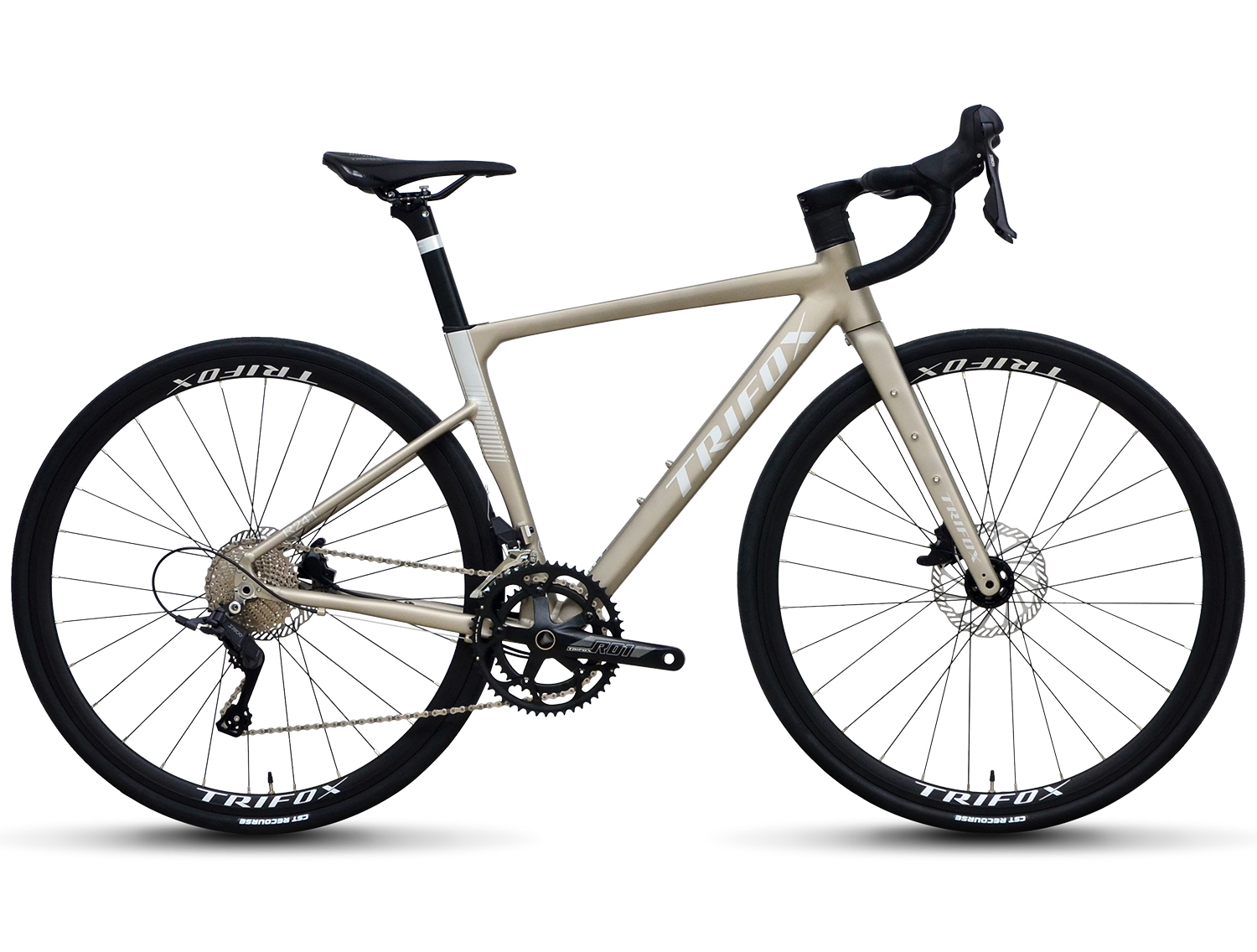
Conclusion
If you’re a speed enthusiast looking to elevate your riding experience, the 11-speed aero road bike is definitely worth the investment. With benefits like precision shifting, superior aerodynamics, better braking performance, and long-term durability, this bike type is built to optimize every ride. Whether you’re a competitive cyclist or a recreational rider aiming for higher speeds, a well-designed aero road bike like the Trifox R241 can help you achieve your goals while providing a thrilling and efficient ride.
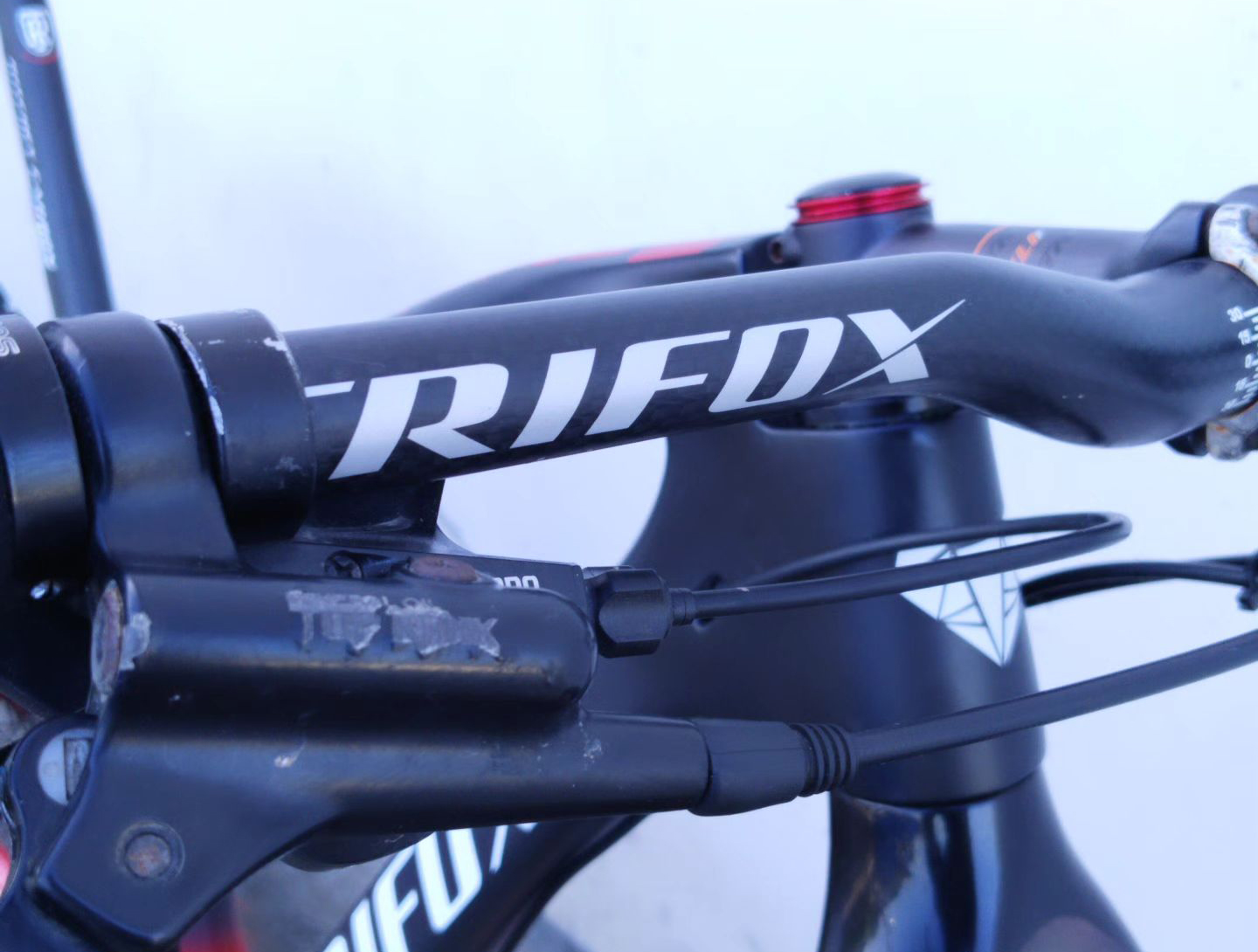
When it comes to optimizing your cycling experience, the right handlebars play a critical role in enhancing both performance and comfort. The design and shape of handlebars affect your posture, control, and overall efficiency, which is why selecting the right type for your riding style is key. Whether you're a commuter, an avid mountain biker, or a road racing enthusiast, understanding the advantages of different bike handlebar types can make a world of difference.
1. Drop Bars: Aerodynamics & Versatility
Drop bars are the quintessential choice for road bikes, providing an aerodynamic position that allows you to cut through the wind with ease. These handlebars curve downward and forward, allowing the rider to lower their body to reduce air resistance—a critical advantage for competitive cyclists or those who ride long distances at higher speeds. The multiple hand positions offered by drop bars also help reduce fatigue during extended rides, as riders can shift their grip to relieve pressure on different parts of their hands, wrists, and forearms.
The ability to ride in a tucked position on the drops, or to sit more upright on the tops, gives riders flexibility for varied riding conditions. Whether you're sprinting on flat roads or tackling a long climb, drop bars provide the comfort and control you need.
Best For: Road cyclists, triathletes, long-distance riders, and competitive racers.
2. Flat Bars: Control & Comfort
Flat bars are the go-to option for mountain bikes, hybrid bikes, and commuter bikes. Offering a more upright riding position, flat bars improve visibility, making them ideal for urban environments where maneuverability and quick reactions are essential. The straight, level design gives riders more direct control over the bike, which is particularly beneficial for off-road riding where stability is critical.
On the road, flat bars help reduce strain on the back, neck, and wrists by encouraging a more natural posture, particularly for cyclists who may not need to adopt an aggressive, aerodynamic position. For beginners or casual riders, flat bars offer comfort and ease, while still delivering the stability needed for more challenging trails.
Best For: Mountain bikers, commuters, casual cyclists, and beginners.
3. Riser Bars: Comfort & Better Handling
Riser bars are essentially an elevated version of flat bars, with a slight upward bend. This design raises the handlebars, putting the rider in a more relaxed, upright position. This helps reduce pressure on the back and wrists, which is ideal for cyclists who want more comfort on longer rides, particularly on rougher terrain.
In addition to comfort, riser bars offer improved handling, especially when navigating technical trails. The extra height allows for better control and leverage when steering, making riser bars a popular choice for trail and mountain bikers who encounter varied terrain, obstacles, and steep descents.
Riser bars also provide more space for installing accessories such as lights, bell, or even a bike computer, making them versatile for both casual and serious riders.
Best For: Mountain bikers, trail riders, and cyclists who prioritize comfort and control.
4. Bullhorn Bars: Speed & Comfort Hybrid
Bullhorn bars blend the aerodynamic benefits of drop bars with the stability and comfort of flat bars. These handlebars curve forward and upward, resembling the shape of a bull’s horns, hence the name. This design gives cyclists the option to adopt a more aggressive position for speed but with additional hand positions for a more relaxed ride.
Bullhorn bars are popular in time trial racing and triathlons, where a more streamlined position is advantageous. They are also great for fixed-gear riders or commuters who want an efficient and comfortable setup. The forward curve of bullhorn bars helps reduce wind resistance while maintaining a comfortable grip, making them ideal for long-distance cyclists who want to combine speed with comfort.
Best For: Time trialists, triathletes, commuters, and riders looking for a hybrid bar for speed and comfort.
5. Aero Bars: Maximum Aerodynamics for Racing
Aero bars are designed to maximize speed by allowing riders to adopt a low, flat position that minimizes wind resistance. Typically used by triathletes and time trial cyclists, aero bars offer a sleek, tucked position that significantly reduces drag, enabling cyclists to ride faster with less effort. They are mounted on top of drop bars and give the rider a place to rest their forearms while holding onto extensions that curve forward.
While aero bars are primarily about performance, they can take a toll on long-term comfort. This makes them less suitable for recreational cyclists or those who prefer more relaxed rides. However, for competitive cyclists aiming to optimize their aerodynamics, aero bars are a crucial tool.
Best For: Triathletes, time trial riders, and competitive racers looking to maximize speed.
6. Butterfly Bars: Comfort for Touring
For long-distance touring cyclists, butterfly bars (also known as trekking bars) are an excellent choice. These bars have a wide, flared design that provides multiple hand positions, ensuring comfort during extended rides. The shape allows riders to switch between a low, aero position and a more relaxed upright posture, which is crucial for maintaining comfort over long distances and varied terrains.
The wide grip and versatility of butterfly bars make them ideal for touring bikes, offering a combination of control and comfort for cyclists tackling long multi-day rides.
Best For: Touring cyclists and long-distance riders looking for comfort and versatility.
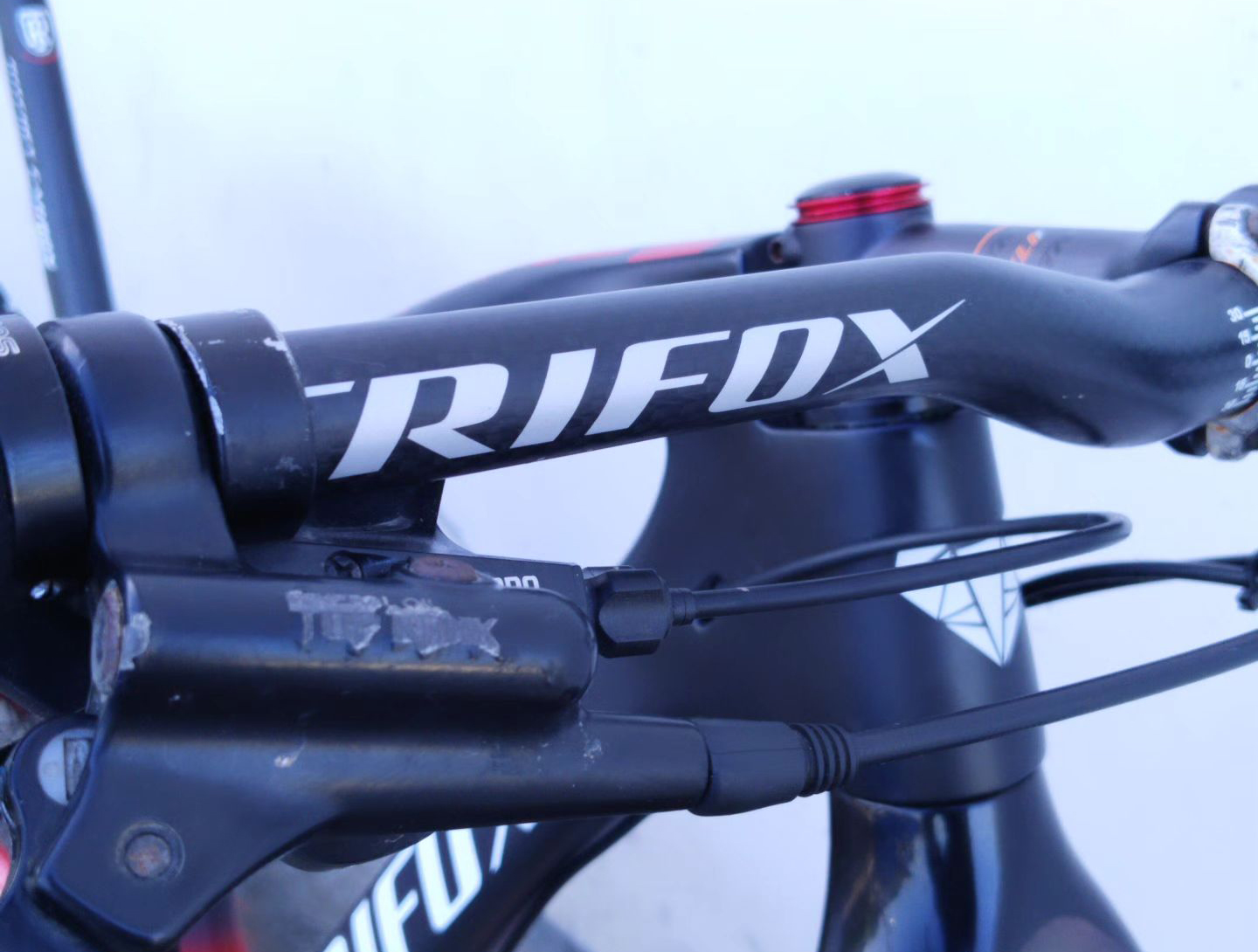
Conclusion: Choose the Right Handlebar for Your Riding Style
Choosing the right bike handlebar can significantly improve your riding experience, whether you're seeking speed, comfort, or control. From the aerodynamic drop bars of road bikes to the rugged stability of riser bars for mountain biking, there's a handlebar style suited to every cyclist’s needs. Understanding the specific advantages of each type can help you select the one that best complements your riding style, ensuring a smoother, more enjoyable ride.
At Trifox, we offer high-performance carbon bike handlebars that cater to a variety of cycling styles, allowing you to optimize your bike setup for maximum comfort and efficiency. Explore our collection today and find the perfect handlebars for your cycling needs.
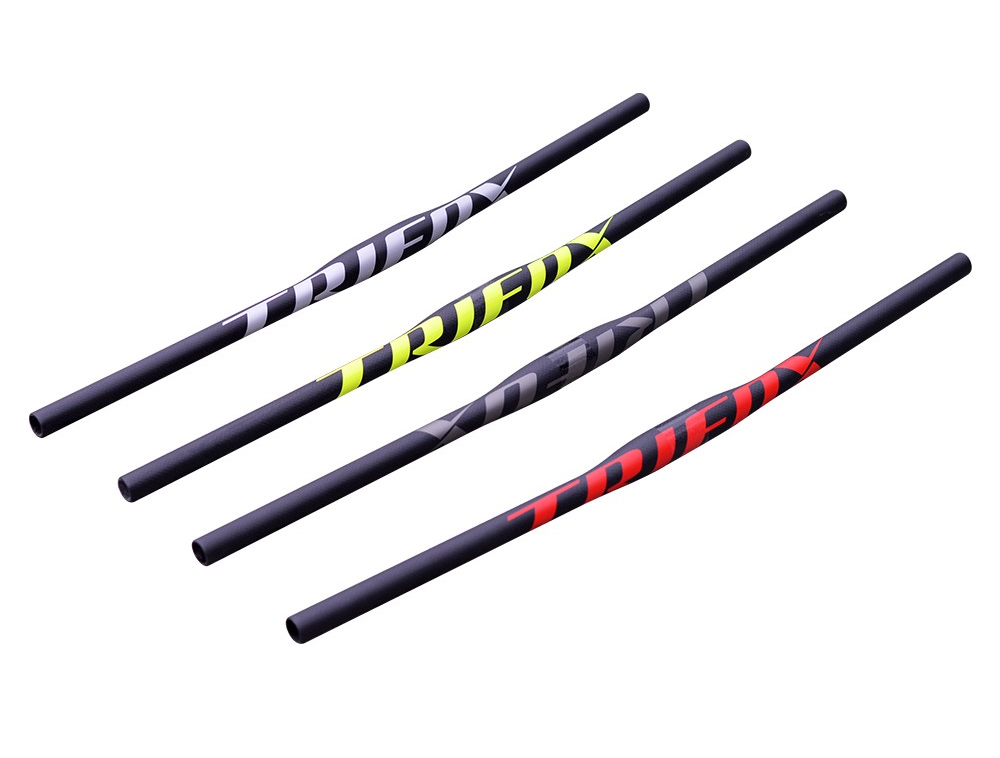
Flat handlebars have become a popular choice among cyclists, especially those navigating the rugged terrains of mountain biking. Known for their straightforward design and functional advantages, flat handlebars like the Trifox Carbon Flat Bar FHB100 can significantly enhance your biking experience.
Introduction to Flat Handlebars
Flat handlebars are characterized by their straight shape, providing a wide grip that promotes stability and control. This design is particularly advantageous for mountain bikers who require precise steering on challenging trails. Unlike drop handlebars, flat bars offer a more upright riding position, which can help reduce fatigue during long rides and improve visibility, making them ideal for both novice and seasoned riders.
Benefits of Flat Handlebars
1. Improved Control: The wide grip of flat handlebars enhances leverage and control, allowing riders to maneuver their bikes with greater ease. This is crucial when navigating steep descents or tight corners, where precise steering is necessary.
2. Comfort: By promoting an upright posture, flat handlebars help distribute weight evenly across the body, reducing strain on the back and wrists. The Trifox Carbon Flat Bar FHB100, with its ergonomic design, further alleviates discomfort by dampening vibrations, a common issue on uneven terrains.
3. Weight Reduction: Materials like carbon fiber, used in the Trifox FHB100, provide strength without the added weight. This makes climbing hills less strenuous and enhances overall bike handling. The lightweight nature of carbon fiber handlebars also contributes to improved acceleration and agility.
Choosing the Right Flat Handlebars
Selecting the right flat handlebars involves considering several factors:
- Material: Carbon fiber is a top choice due to its lightweight and durable properties. The Trifox Carbon Flat Bar FHB100, crafted from T700 carbon fiber with a 3K weave, offers a perfect blend of strength and performance.
- Back Sweep and Width: A slight back sweep, like the 3-degree angle found in the Trifox FHB100, can enhance comfort by aligning the wrists naturally. The width of the handlebar should match the rider’s shoulder width, ensuring optimal control and comfort.
- Compatibility: Ensure that the handlebars are compatible with your bike’s stem size. The Trifox Carbon Flat Bar FHB100, for instance, is designed to fit a 31.8mm stem, making it versatile for various bike models.
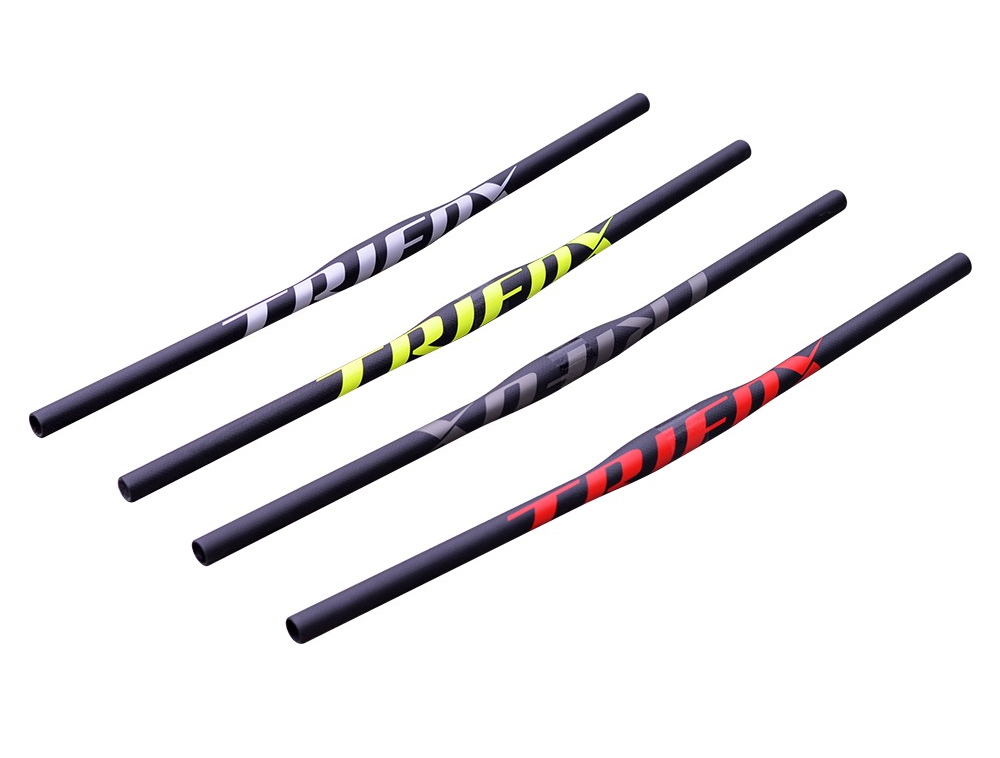
Flat handlebars are an excellent choice for cyclists seeking improved control, comfort, and reduced bike weight. By considering factors such as material, back sweep, and compatibility, riders can find handlebars that enhance their performance and riding enjoyment.
The Trifox Carbon Flat Bar FHB100 exemplifies these benefits, offering a reliable option for those looking to upgrade their biking experience. Whether you're tackling mountain trails or enjoying a city commute, flat handlebars can significantly amplify your cycling adventures, making them a worthwhile investment for any cyclist's toolkit.
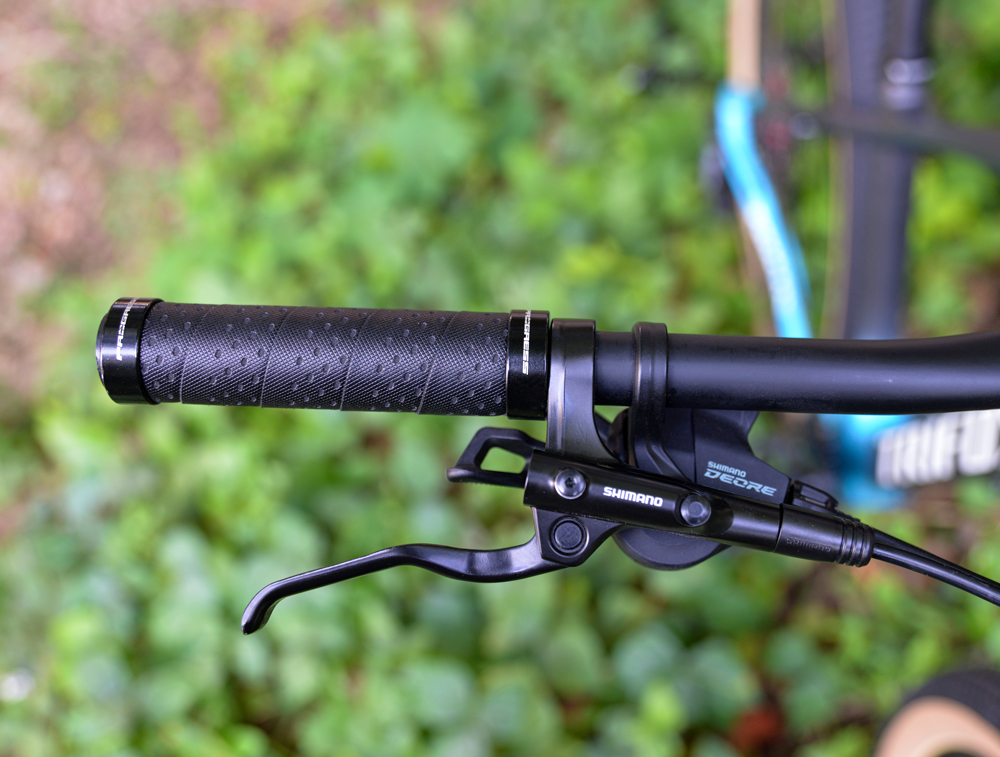
For mountain biking enthusiasts, navigating rugged trails requires not only skill but also the right equipment to ensure comfort and control. One crucial yet often underestimated component is the bike grips. The right MTB bike grips can make a significant difference in your riding experience, providing both comfort and improved handling on the trails.
Choosing the right mountain bike grips starts with understanding their impact on your ride.
High-quality grips can reduce hand fatigue and increase control, crucial for tackling varying terrain with confidence. Key features to look out for include the material, texture, and locking mechanisms that ensure the grips stay firmly in place.
Material plays an essential role in the comfort and durability of bike grips. The Trifox MBT100 grips, for example, are made from robust rubber, offering a balance of comfort and resilience. Rubber grips provide excellent cushioning, absorbing shocks and vibrations that are common on bumpy trails, thus reducing strain on your hands and wrists.
Grip texture is another critical component. The MBT100 grips are designed with anti-slip properties that ensure a secure hold even in wet or muddy conditions. This texture enhances your control over the handlebars, allowing for precise steering and better handling of your bike. Whether you're navigating tight corners or descending steep slopes, maintaining a firm grip is essential for safety and performance.
Additionally, the locking mechanism is vital for ensuring that your grips remain securely attached to the handlebars. The Trifox MBT100 features a locking system that prevents slipping or rotation, providing peace of mind as you tackle challenging trails. This feature is particularly beneficial during intense rides where stability is paramount.
When selecting MTB grips, consider your riding style and personal preferences. Factors such as hand size, riding conditions, and the type of terrain you typically encounter should influence your choice. Test different grips to find the perfect fit that offers both comfort and control.
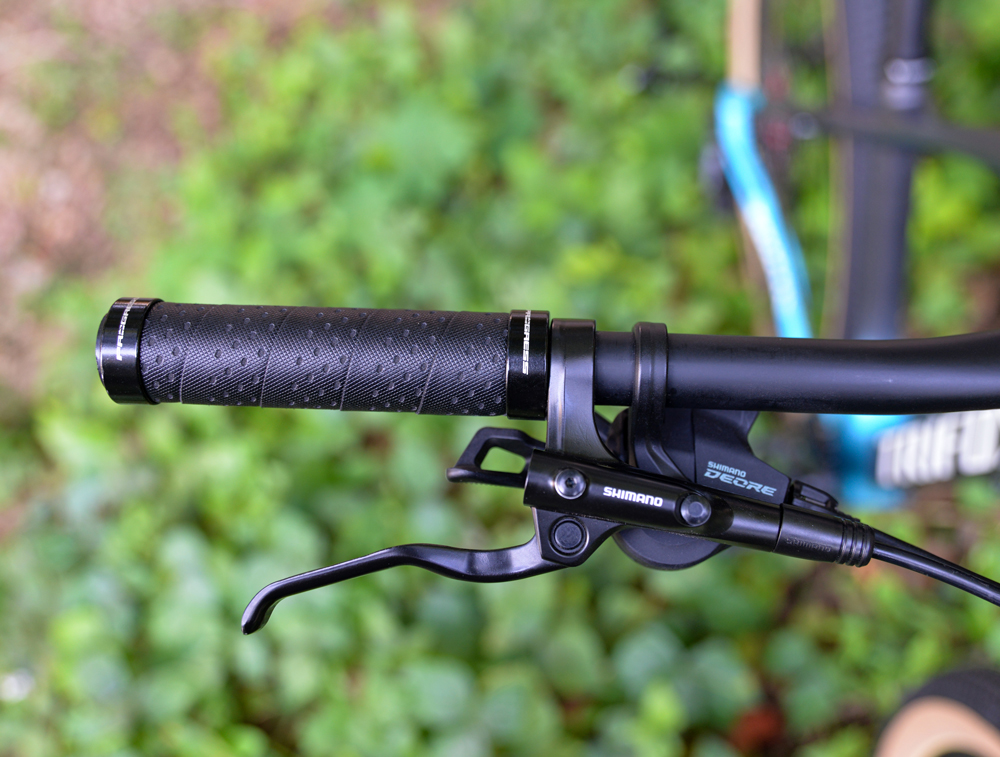
In conclusion, investing in the right MTB bike grips, like the Trifox MBT100, can greatly enhance your biking experience.
By focusing on features that prioritize comfort and control, you can ride longer and tackle trails with greater confidence. Consider upgrading your grips to enjoy improved comfort and performance on your next adventure. Happy trails!
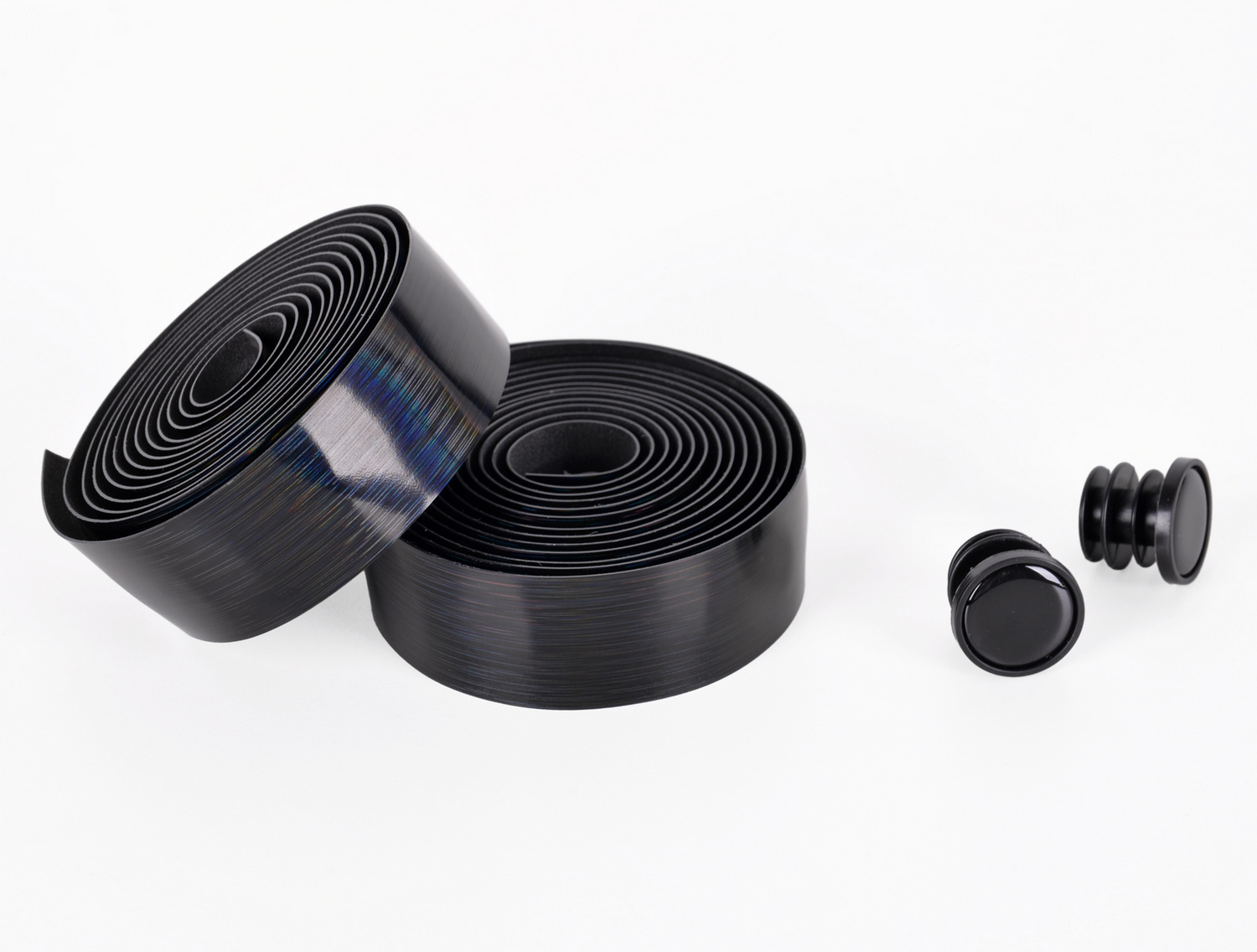
Cyclists often seek ways to enhance their performance and comfort, and taping aero bars is a simple yet impactful method to achieve this. Aero bars, used primarily by triathletes and time trialists, offer aerodynamic advantages by allowing cyclists to assume a more streamlined position.
Taping these bars with high-quality handlebar tape, such as Trifox Bike's BHT100, further enhances grip, comfort, and aerodynamics, making it an essential practice for serious cyclists.
One of the primary benefits of taping aero bars is improved grip. During long rides or competitive events, maintaining a secure hold on the bars is crucial, especially in adverse weather conditions.
The BHT100 tape, made from EVA and PU leather, provides a textured surface that offers excellent grip, even when wet. This ensures that cyclists can maintain control and stability, which is vital for safety and performance.
In addition to grip, comfort is significantly enhanced through taping. The padded nature of handlebar tape acts as a cushion against road vibrations, reducing hand fatigue and discomfort. This is particularly beneficial during long-distance rides or time trials where comfort can directly influence endurance and performance.
Taping also contributes to the aerodynamics of the aero bars. By creating a smooth surface, tape minimizes air resistance, allowing cyclists to maintain their aerodynamic posture without interruptions. This subtle yet effective improvement can lead to time savings during races.
Here’s a step-by-step guide on how to tape your aero bars effectively:
1. Preparation: Begin by cleaning the aero bars thoroughly to remove any dirt or grease. This ensures that the tape adheres properly.
2. Application: Start at the end of the aero bars, securing the tape with a small overlap. Stretch the tape slightly as you wrap it tightly around the bars, ensuring each wrap overlaps the previous one by half. This technique prevents gaps and ensures full coverage.
3. Finishing Touches: Once you reach the top of the bars, trim any excess tape and secure the end with the finishing tape provided. Ensure the tape is smooth and securely fastened to prevent unraveling during rides.
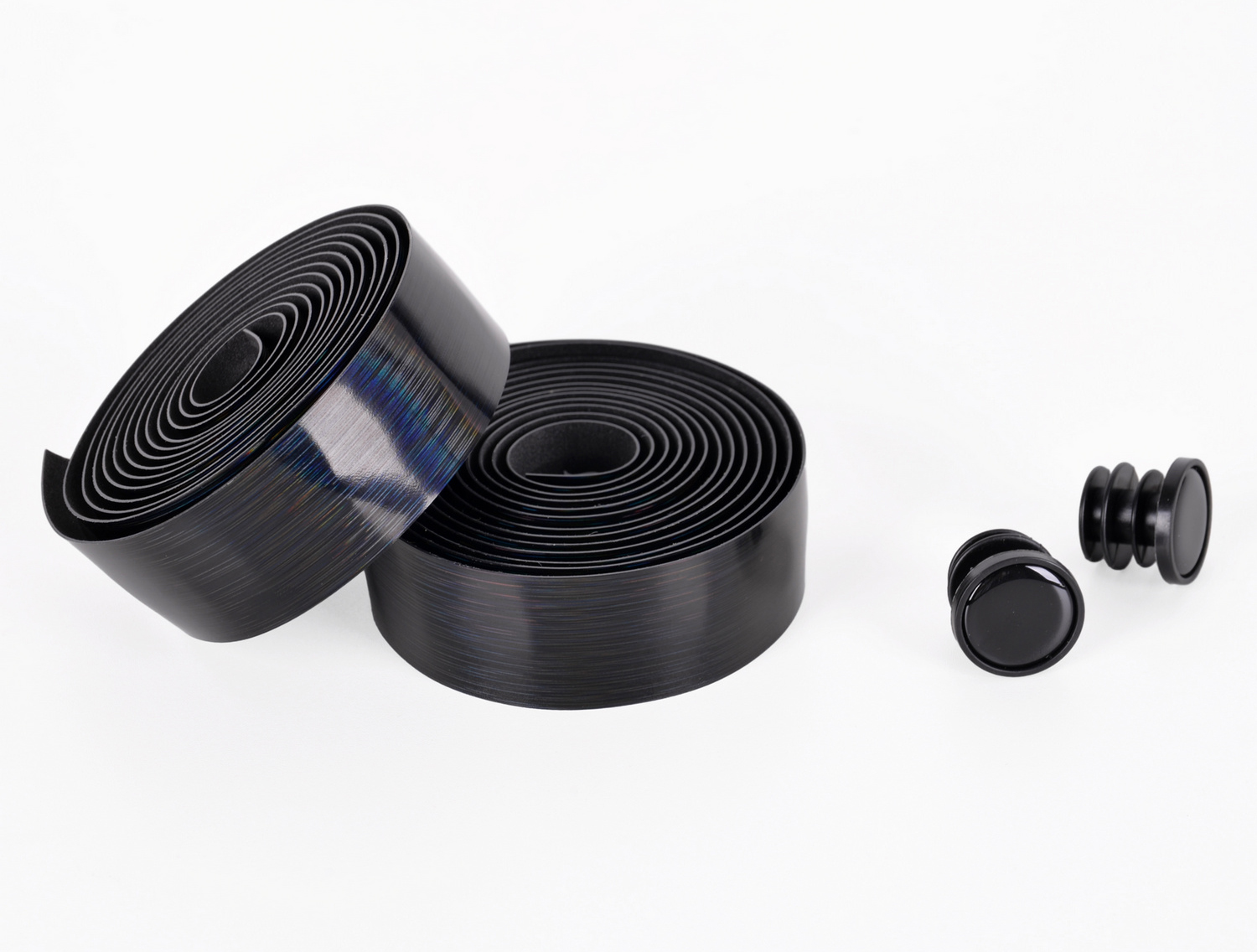
Trifox Bike's BHT100 tape is an excellent choice for taping aero bars. Its durability and cushioning provide both comfort and performance enhancements. With easy installation and a reliable grip, it is designed to meet the demands of cyclists at any level.
In conclusion, taping aero bars offers tangible benefits in terms of grip, comfort, and aerodynamics, making it a valuable practice for cyclists. By using high-quality tape like Trifox Bike's BHT100, riders can optimize their aero bars for superior performance and comfort, ensuring a more enjoyable and efficient cycling experience.


























































